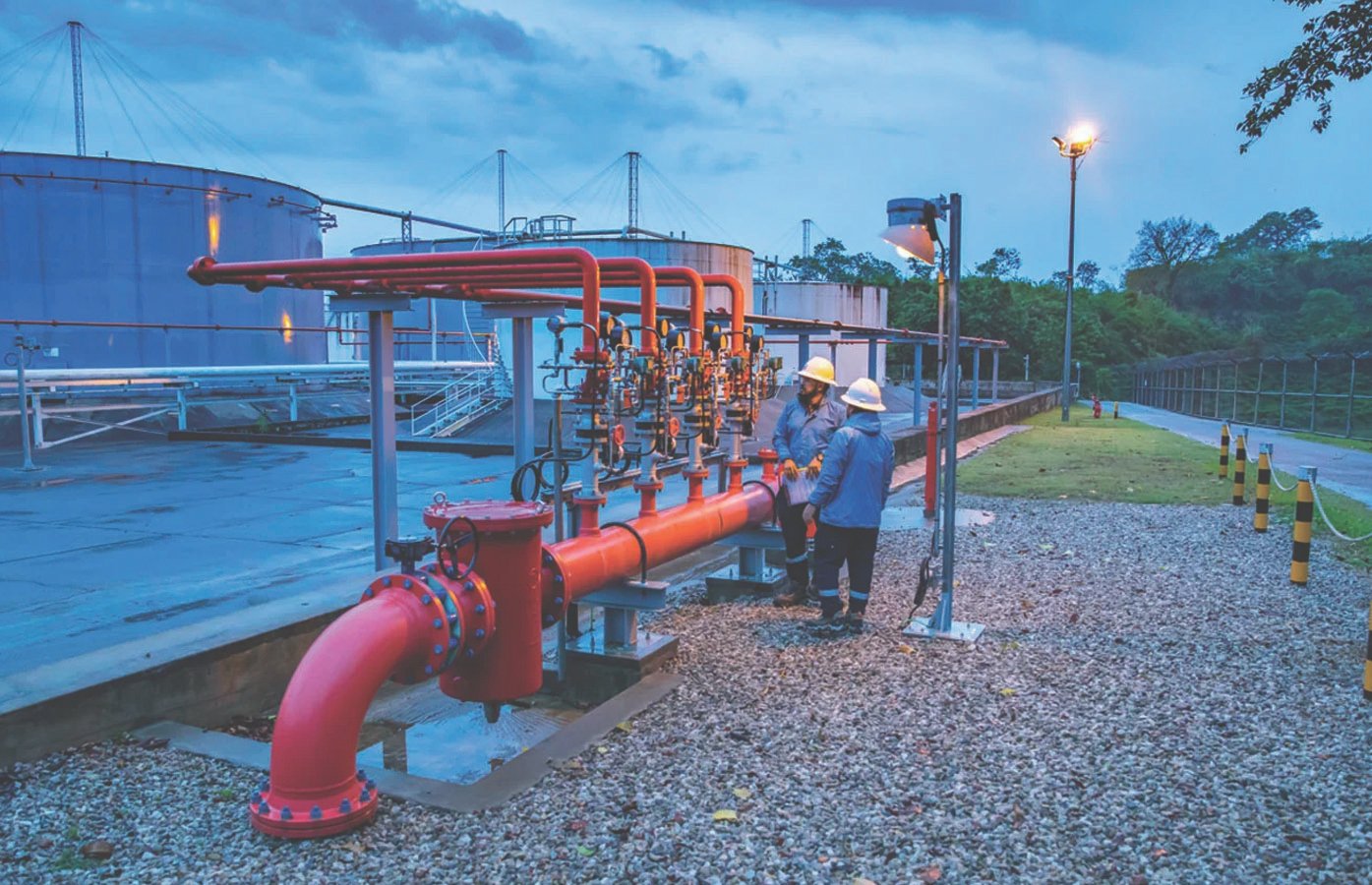
There’s no denying it: Bangladesh trails far behind in adopting and utilizing modern technologies across its power and energy sectors. Despite global advancements in energy planning, project execution, and supply chain operations, the country is at least a decade behind, whether compared to developed, developing, or even underdeveloped nations.
In the power sector, some modern fuel-efficient plants have enhanced electricity generation. Yet, major gaps remain in transmission grid upgrades and smart distribution networks, which are essential for efficient operation. The energy sector fares even worse. Although Bangladesh possesses high-quality discovered coal and vast unexplored gas basins, it continues to struggle due to indecision, a lack of strategy, and a failure to adopt advanced technology.
This write-up focuses on the energy sector and the untapped potential of modern technology.
Coal Resource Exploitation
While many countries are exploiting coal using clean and efficient technologies, Bangladesh remains indecisive about using its substantial reserves. Despite coal being labeled a major source of carbon emissions globally, Bangladesh—with a negligible carbon footprint—has no binding commitment to emission reductions. Ironically, it has already commissioned large-scale imported coal-based power plants that meet emission standards using advanced technologies.
Yet, the country’s discovered coal deposits—located in a small region of Dinajpur and Rangpur—remain untouched. These deposits lie beneath fertile topsoil and water-bearing layers, and have been scientifically assessed by certified mining experts. Modern mining technologies can now extract coal economically and safely. But successive governments have kept the matter in “suspended animation.”
If mining doesn’t start soon, the global energy transition may leave this coal permanently buried. Even Barapukuria, the only active mine, is becoming economically unviable under the current underground methods. Imported coal is often cheaper than domestically produced coal. Bangladesh urgently needs a thorough techno-economic feasibility review and an audit of past studies. With the right technology, the country could use its coal reserves to bolster energy security through 2050 and beyond. The global coal phase-out isn’t expected until at least 2070—so the window is still open, but shrinking.

Petroleum Resource Exploration
Bangladesh began petroleum exploration in the 1950s and found promising gas fields in Sylhet, Cumilla, and other regions. But nearly 75 years later, it still lacks a comprehensive exploration strategy or depletion policy.
The country hasn’t assessed the driving mechanisms of its producing fields, nor learned from the depletion of major fields like Bakhrabad and offshore Sangu. Reserve data isn’t regularly updated. This negligence has fueled debate over whether gas reserves are nearing exhaustion, despite Bangladesh being part of one of the world’s largest deltaic gas basins.
Why hasn’t the country completed extensive 2D and 3D seismic surveys to identify petroleum prospects? Why do gas production reports fail to reflect real-time reserve status? Major producers like Bibiyana, Jalalabad, and Titas are unlikely to have the same capacity they did years ago. Yet no credible updates are available.
Chevron operates three gas fields that contribute about 45% of the national production. Bibiyana, the second-largest gas field, is depleting rapidly and could drop below 500 MMCFD in 3–5 years. Meanwhile, Titas—operated by a state company and reportedly larger—hasn’t received the necessary technological upgrades to ramp up output. Bhola Island, where a large gas reserve was discovered in 1995, remains stranded. No detailed reservoir study has been conducted, and no transmission pipeline has been built. Why not apply modern technology to assess and evacuate Bhola’s gas, especially during a national supply crisis?
.jpg)
It is possible to assess gas well capacity accurately using available technologies. That it hasn’t been done raises serious questions about transparency and professionalism in public energy data.
Gas Transmission
The Gas Transmission Company Limited (GTCL) was set up to manage transmission from source to delivery points via custody transfer metering. But in 31 years, it has failed to build a professional, technology-backed operation. Some pipelines are still managed by distribution companies. Custody transfer metering—crucial for accurate measurement, transparency, and safety—is absent or bypassed. Meanwhile, GTCL has been tasked with expanding the network despite no firm assurance of gas availability. As a result, costly infrastructure remains idle or underused.
A fully functional SCADA (Supervisory Control and Data Acquisition) system could have prevented these issues. It would enable real-time monitoring, leak detection, and flow modeling. But SCADA is still not fully operational. Key compressor stations like Elenga and Ashuganj face frequent disruptions or were never commissioned. Major pipelines, such as AB-1 and AB-2, operate below capacity. The Ishwardi–Khulna pipeline remains dry. Had Bangladesh applied modern transmission design principles, it could have avoided these flawed investments.
Gas Distribution System
Gas distribution—handled by TGTDCL, BGDCL, and KGDCL—is in disarray. There’s no digital mapping or verified "as-built" documentation of pipelines. As a result, many unregistered and aging pipelines leak gas underground, often 8 to 10 feet deep. In some places, unauthorized actors have laid unsafe pipelines using substandard materials, leading to theft and accidents. Distribution networks lack telemetry systems to enable central monitoring. Many gas users are unmetered, while authorized users often exceed their limits, especially during shortages. Although some prepaid meters were installed, maintenance challenges persist.
Old, leaky pipelines remain in service, and gas-related accidents are increasingly common. A modernization drive is urgently needed. Countries worldwide now use GIS-based mapping, MDPE and HDPE pipes, and smart metering systems to improve safety and efficiency. Bangladesh must stop supplying gas for cooking in congested cities. Smart prepaid meters should be mandatory. And no new connection should be granted without comprehensive GIS mapping and telemetry coverage.
Conclusion
Bangladesh’s energy supply is at a crossroads. Even if it shifts entirely to imported LNG, efficiency demands that the transmission and distribution networks be overhauled using state-of-the-art technologies. This will require skilled, tech-savvy professionals—and an enabling work environment that attracts and retains the next generation. Above all, the country must act fast to evacuate stranded gas from Bhola and remove bureaucratic barriers that prevent autonomous operation by capable companies.
Modern technology enables monitoring, minimizes waste, and enhances economic operation. The country must embrace it now, before the opportunity passes.
Download Article As PDF/userfiles/EP_23_04_Article.pdf



